The Nine Tripod Cauldrons are a unique and rare source of information that is of great interest to domestic and foreign researchers because of its historical, cultural, educational , geographical, feng shui, medical, and calligraphy values. The reliefs on the Nine Tripod Cauldrons also preserve the values of the cultural and social interactions and contacts between Vietnam and countries in the East Asia region.
The 10th General Meeting of the UNESCO Asia- Pacific Memory of the World Committee held in Mongolia at noon on May 8 (Vietnam time) reviewed 20 dossiers that are valuable in many aspects and meet the criteria of regional significance, uniqueness and rarity. Vietnam is honored to have 1 dossier "The reliefs cast on nine bronze cauldrons in the Hue Royal Palace" (also known as the Nine Cauldrons - Hue Royal Palace) reviewed.

Nine Dynastic Urns - Hue Royal Palace was honored as a world documentary heritage at noon on May 8.
The Nine Dynastic Urns - Hue Royal Palace was ordered by King Minh Mang to be cast in 1835 and completed in 1837, placed in front of The To Temple yard from its inception until now. King Minh Mang ordered the casting of the Nine Dynastic Urns to represent the longevity of the dynasty, the wealth and territorial integrity of Vietnam.
With the sophisticated bronze casting skills of Vietnamese craftsmen, 162 carvings with various themes on the Nine Tripod Cauldrons, and many hidden values behind them, have brought the Nine Tripod Cauldrons beyond the national level. This is a unique and rare source of information that is of great interest to Vietnamese and foreign researchers because it carries historical, cultural, educational, geographical, feng shui, medical, and calligraphy values.

Nine Tripod Cauldrons attract tourists to visit and learn.
In particular, the Nine Urns also highlighted the status of women under the feudal regime, and the image of Vinh Te canal on Cao Dinh is a clear example. According to historical records, Mr. Nguyen Van Thoai, when he was the Governor of Vinh Thanh, directly commanded the digging of Vinh Te canal (Vinh Te river) over 87km long, spanning over 5 years (from 1819 to 1825), creating an important milestone in the history of transportation, trade, border defense as well as water management in the Southern region.
During the arduous time of digging the canal, Mrs. Chau Thi Vinh Te (from Vinh Long, wife of Thoai Ngoc Hau) devoted herself to helping her husband take care of important matters. When her husband was busy with official business, she took over the supervision and monitoring of the canal digging. Admiring her hard work, after the project was completed, King Minh Mang named the canal after her, Vinh Te Canal.

The nine urns are placed right in front of The To Temple in Hue Imperial City.
The reliefs cast on the nine bronze cauldrons also preserve the values of the cultural and social relations and contacts between Vietnam and other countries in the East Asia region. Along with the ups and downs of a dynasty, after nearly 200 years, despite the many changes of the times and the changes of time, the Nine Cauldrons - Hue Royal Palace remains intact...
As a result of the 10th plenary session of the UNESCO Memory of the World Program Committee for the Asia-Pacific region, the dossier “Nine Tripods - Hue Royal Palace” was registered in the Memory of the World List with 23/23 votes from participating countries. Nine Tripods - Hue Royal Palace was honored as the pride of Vietnam in general and of Thua Thien Hue province in particular.
Thus, up to now, Hue has 8 heritages listed in the world documentary heritage list.
Source


![[Photo] Panorama of the cable-stayed bridge, the final bottleneck of the Ben Luc-Long Thanh expressway](https://vphoto.vietnam.vn/thumb/1200x675/vietnam/resource/IMAGE/2025/9/30/391fdf21025541d6b2f092e49a17243f)



![[Photo] The 1st Congress of Phu Tho Provincial Party Committee, term 2025-2030](https://vphoto.vietnam.vn/thumb/1200x675/vietnam/resource/IMAGE/2025/9/30/1507da06216649bba8a1ce6251816820)
![[Photo] President Luong Cuong receives President of the Cuban National Assembly Esteban Lazo Hernandez](https://vphoto.vietnam.vn/thumb/1200x675/vietnam/resource/IMAGE/2025/9/30/4d38932911c24f6ea1936252bd5427fa)


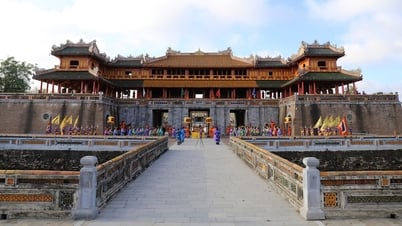
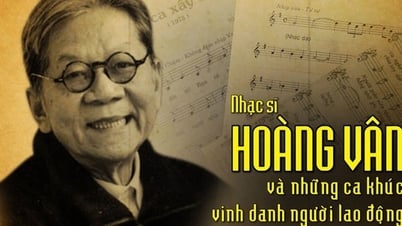

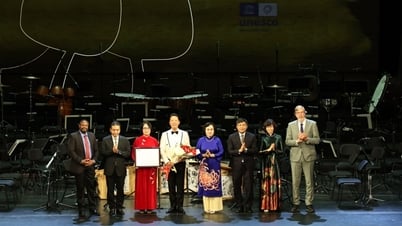

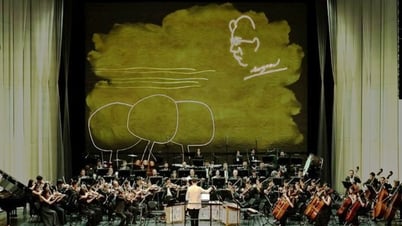

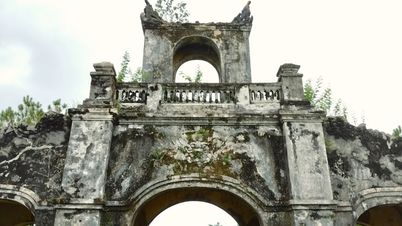

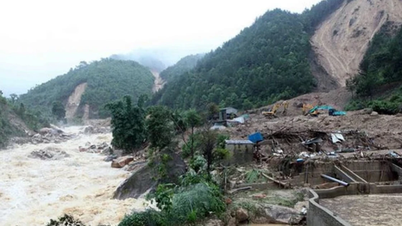

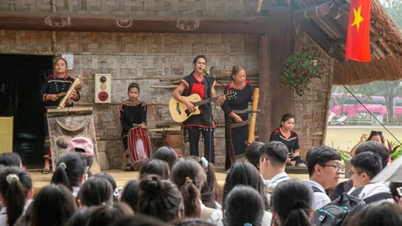
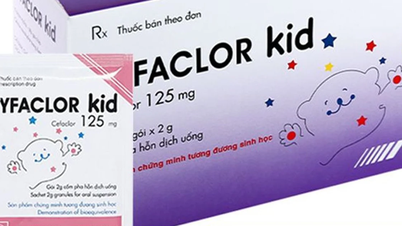


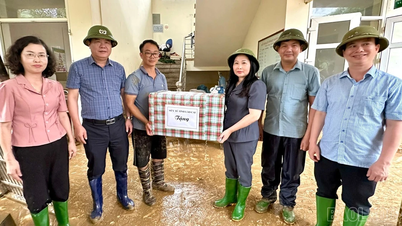






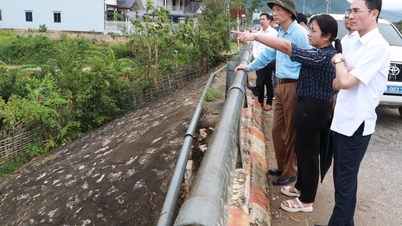
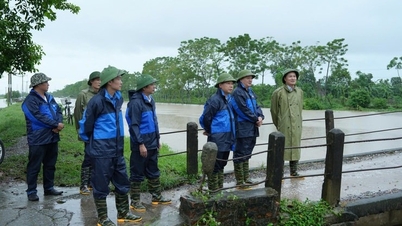
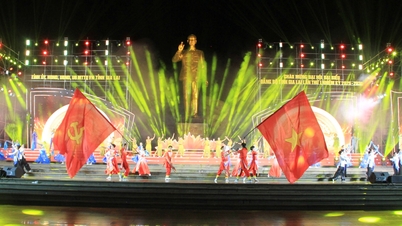
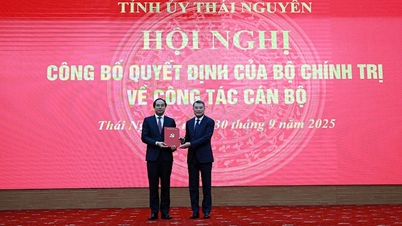
![[Photo] Solemn opening of the 12th Military Party Congress for the 2025-2030 term](https://vphoto.vietnam.vn/thumb/1200x675/vietnam/resource/IMAGE/2025/9/30/2cd383b3130d41a1a4b5ace0d5eb989d)

































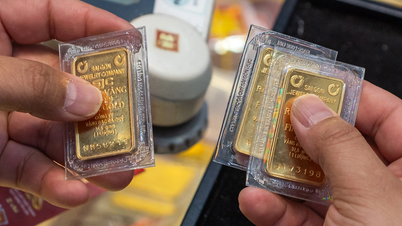












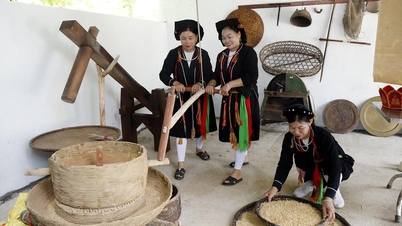

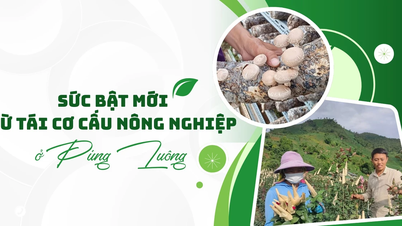


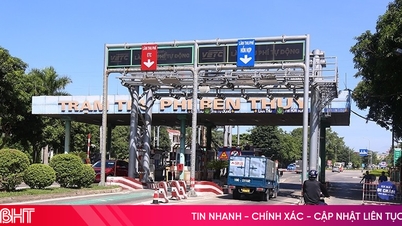











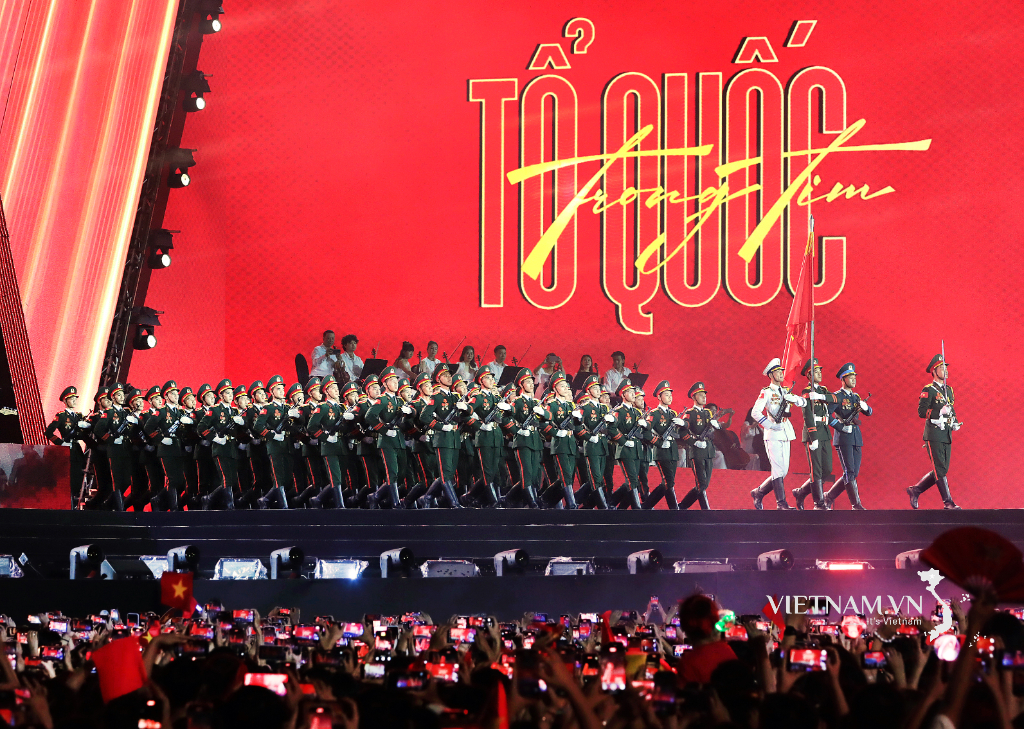


Comment (0)